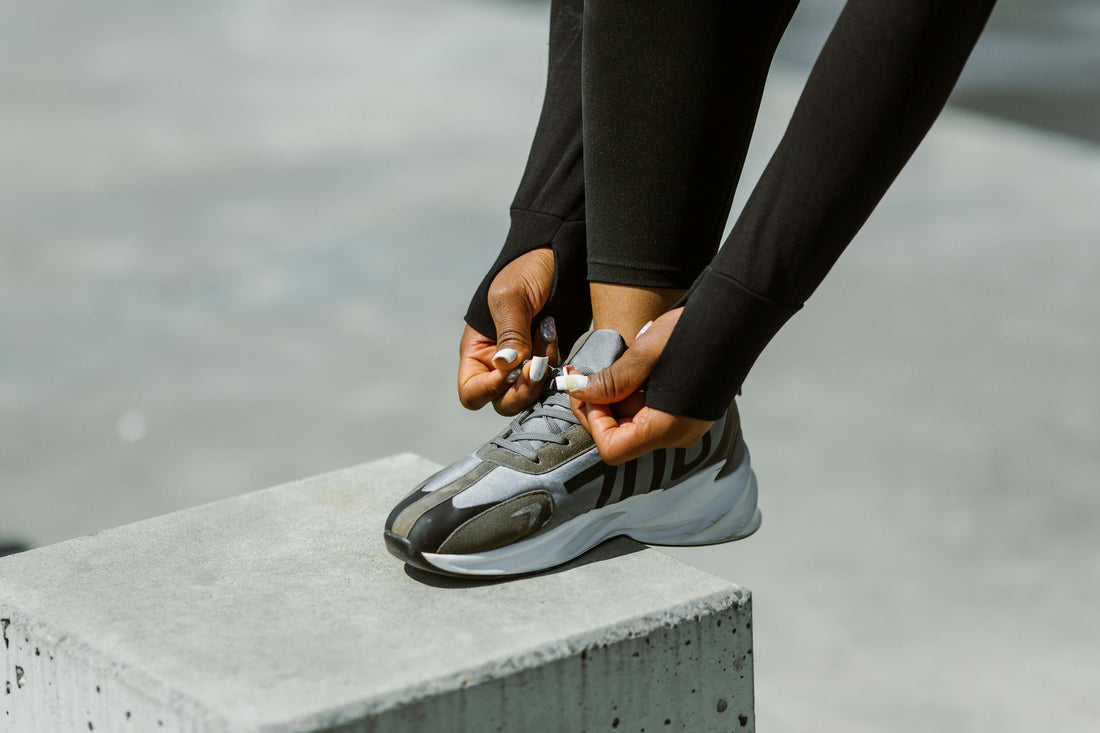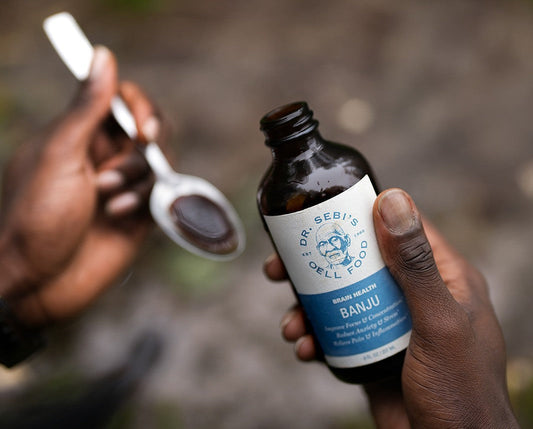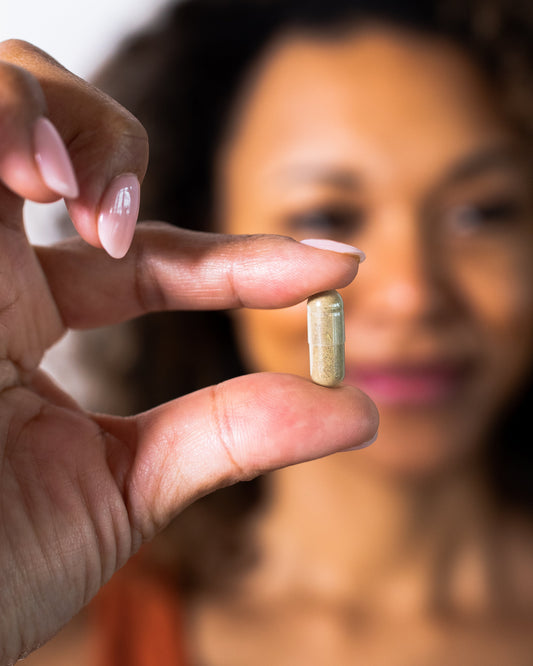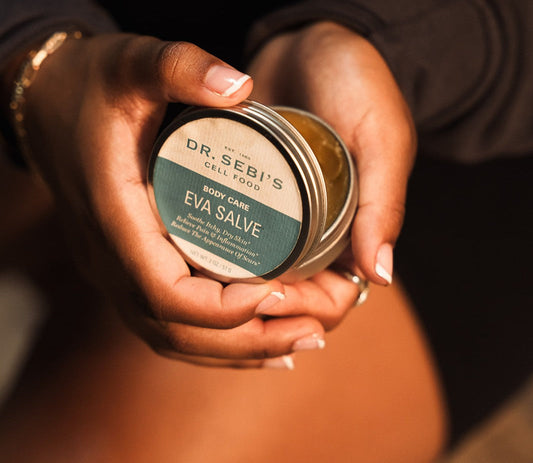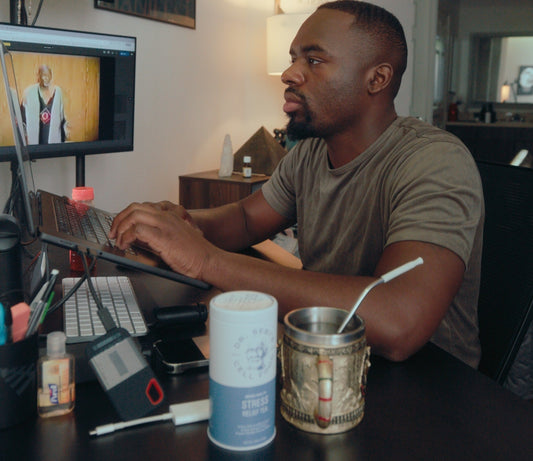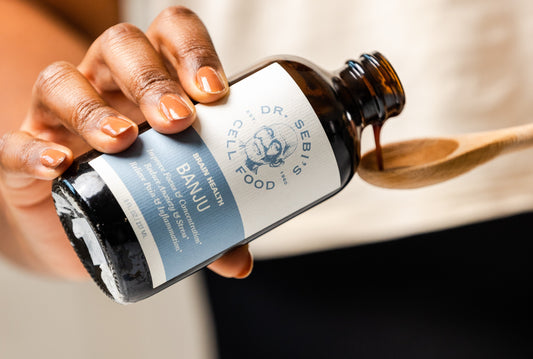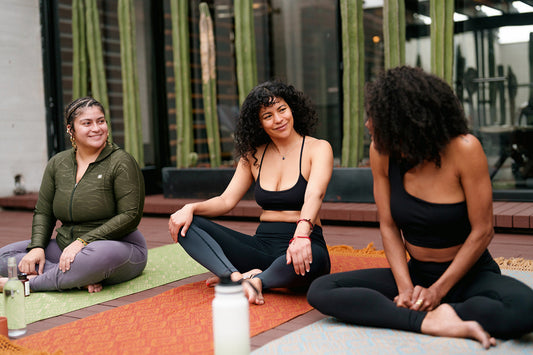High blood pressure, also known as hypertension, is a common health concern, affecting millions worldwide and about half of all American adults, many of whom don’t know they have it, according to the American Heart Association (AHA).
It's often called the "silent killer" because it can quietly damage your arteries and vital organs over time, increasing the risk of heart disease, stroke, and other serious conditions, per the AHA. But exercising regularly — along with a heart-healthy diet—is one of your most powerful tools for managing and reducing high blood pressure.
In this guide, we'll explore the science-backed, effective exercises that can help with controlling blood pressure and improving your overall heart health. Whether you're already a regular exerciser or just starting on your fitness journey, discover how regular physical activity can become your ally in the battle against high blood pressure.
Walking
Walking, a low-impact aerobic exercise, is a simple way to lower blood pressure. And one of the primary benefits of walking is how easy it can be to incorporate into your daily life. You don't need any special equipment or a gym membership — just a comfortable pair of shoes and a safe place to walk.
Research from August 2018 in PeerJ suggests that walking regularly can lower systolic blood pressure readings by up to 21 mm Hg. Plus, walking improves overall cardiovascular health, increases circulation, and helps with weight management, all of which are crucial for maintaining healthy blood pressure levels.
The AHA recommends at least 150 minutes of moderate-intensity aerobic exercise, like brisk walking, per week to control blood pressure. Aim for sessions of at least 30 minutes most days of the week. You can break this into shorter, more manageable segments throughout the day if needed. Start at your own pace, gradually increasing your speed and duration as your fitness level improves.
Isometric Exercises
Isometric exercises might not be as well-known as other forms of exercise, but they can be highly effective at lowering blood pressure. These exercises involve contracting specific muscles without changing their length or joint angle (think: flexing).
While they may not make you break a sweat, they can provide notable benefits for blood pressure management. An August 2023 meta-analysis in JAMA suggests that regularly practicing isometric exercises can lead to significant reductions in blood pressure, particularly in individuals with hypertension. In these exercises, muscle tension increases, causing blood vessels to dilate and reducing blood pressure levels.
Some common isometric exercises include planks, wall sits, and static handgrip exercises, where you squeeze a handheld dynamometer as hard as you can for a set period. The AHA recommends performing isometric exercises for about 2 to 4 minutes at a time, several times a week, to help reduce blood pressure.
Breathing Exercises
Don't underestimate the power of your breath when it comes to controlling blood pressure. Deep breathing exercises, such as diaphragmatic or abdominal breathing, can be remarkably effective.
These techniques encourage slow, deep breaths, which trigger the relaxation response in the body and help lower blood pressure. You can practice deep breathing exercises every day for just a few minutes.
This simple yet effective approach can reduce stress and anxiety, factors that often contribute to elevated blood pressure. Incorporating mindful breathing into your routine can be both calming and beneficial for long-term blood pressure management.
Other Cardio
Aside from walking, engaging in just about any form of regular cardiovascular exercise is a surefire way to improve your heart health and reduce blood pressure. These activities get your heart pumping, enhancing its ability to circulate blood efficiently. Over time, this can lead to lower resting blood pressure and improved overall cardiovascular health.
Cycling
Cycling is a low-impact, highly effective exercise that can significantly contribute to reducing blood pressure. You can opt for leisurely rides through scenic routes, intense indoor cycling classes, or even do it as a part of your daily commute.
Swimming
Swimming is another low-impact exercise for lowering blood pressure. It's a full-body workout that engages all major muscle groups while being gentle on the joints. The buoyancy of water reduces the impact on your body, making it ideal for people of all fitness levels.
Dancing
Dancing is not only a fantastic way to have fun but also a great exercise for reducing blood pressure. Whether you prefer salsa, hip-hop, ballroom, or freestyle dancing, moving to the rhythm can do wonders for your heart health. Dancing improves circulation, strengthens your heart, helps reduce stress, and helps you shed extra pounds — all of which are key to maintaining healthy blood pressure.
Weight Training
When you engage in strength training like body-weight exercises or weightlifting, your muscles require more oxygen. To meet this demand, your heart pumps blood more efficiently, gradually improving your cardiovascular health.
A July 2023 meta-analysis in the British Journal of Sports Medicine found that resistance training when performed at least three times a week, was associated with significant decreases in both systolic and diastolic blood pressure readings.
High-Intensity Interval Training
High-intensity interval training (HIIT) is a dynamic exercise approach that combines short bursts of intense activity with brief periods of rest or lower-intensity exercise.
Research has consistently shown the benefits of HIIT on blood pressure reduction. A May 2012 study in the American Journal of Cardiovascular Disease found that individuals who engaged in HIIT experienced significant reductions in both systolic and diastolic blood pressure.
Frequently Asked Questions
1. Is it better to rest or exercise with high blood pressure?
It's generally recommended to exercise if you have high blood pressure, as regular physical activity can help lower it. However, you should do so under the guidance of a healthcare professional who can recommend a suitable exercise regimen.
Avoid intense, high-impact activities if your blood pressure is uncontrolled or significantly elevated. Instead, opt for moderate-intensity exercises like walking, swimming, or cycling.
2. How long does it take for exercise to lower blood pressure?
The time it takes for exercise to reduce blood pressure can vary from person to person. Some people may experience a reduction in blood pressure shortly after a single session, while others may need several weeks of regular exercise to see significant changes.
3. What is the fastest way to lower blood pressure?
Deep breathing exercises, such as diaphragmatic or paced breathing, can trigger the body's relaxation response, leading to a temporary reduction in blood pressure.
Techniques like progressive muscle relaxation and meditation can also help manage stress and reduce blood pressure without medication. However, the effectiveness of these relaxation techniques can vary from person to person, and their long-term impact on blood pressure requires consistent practice.
4. What does Dr. Sebi recommend for high blood pressure?
Dr. Sebi recommended starting with your diet, you can download a free copy of his Nutritional Guide to start your healing journey.
For a limited time, you can purchase the Dr. Sebi Heart Health Package to start removing mucus, plaque buildup, and begin improving circulation and blood pressure. It's never too late to start changing your health.
